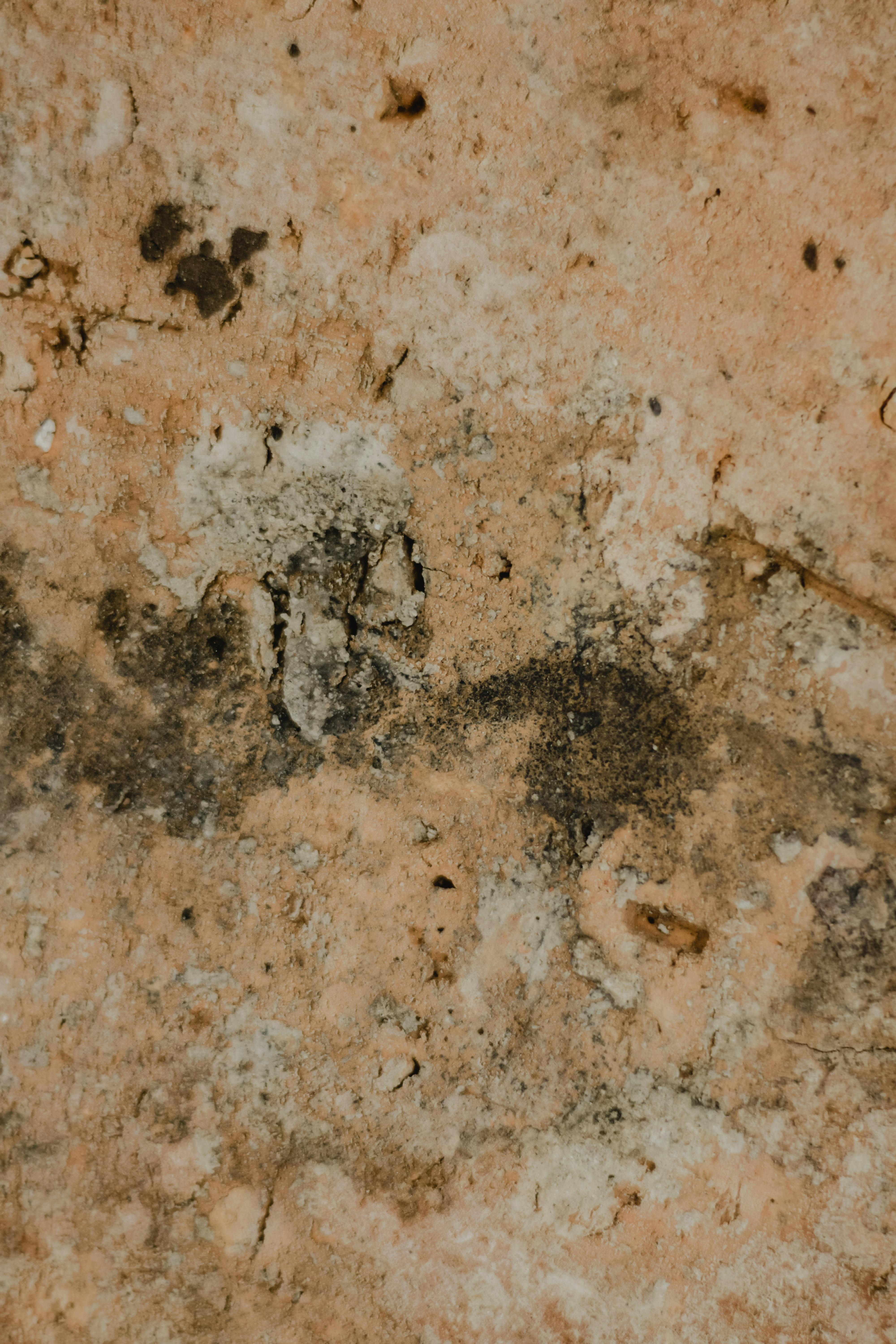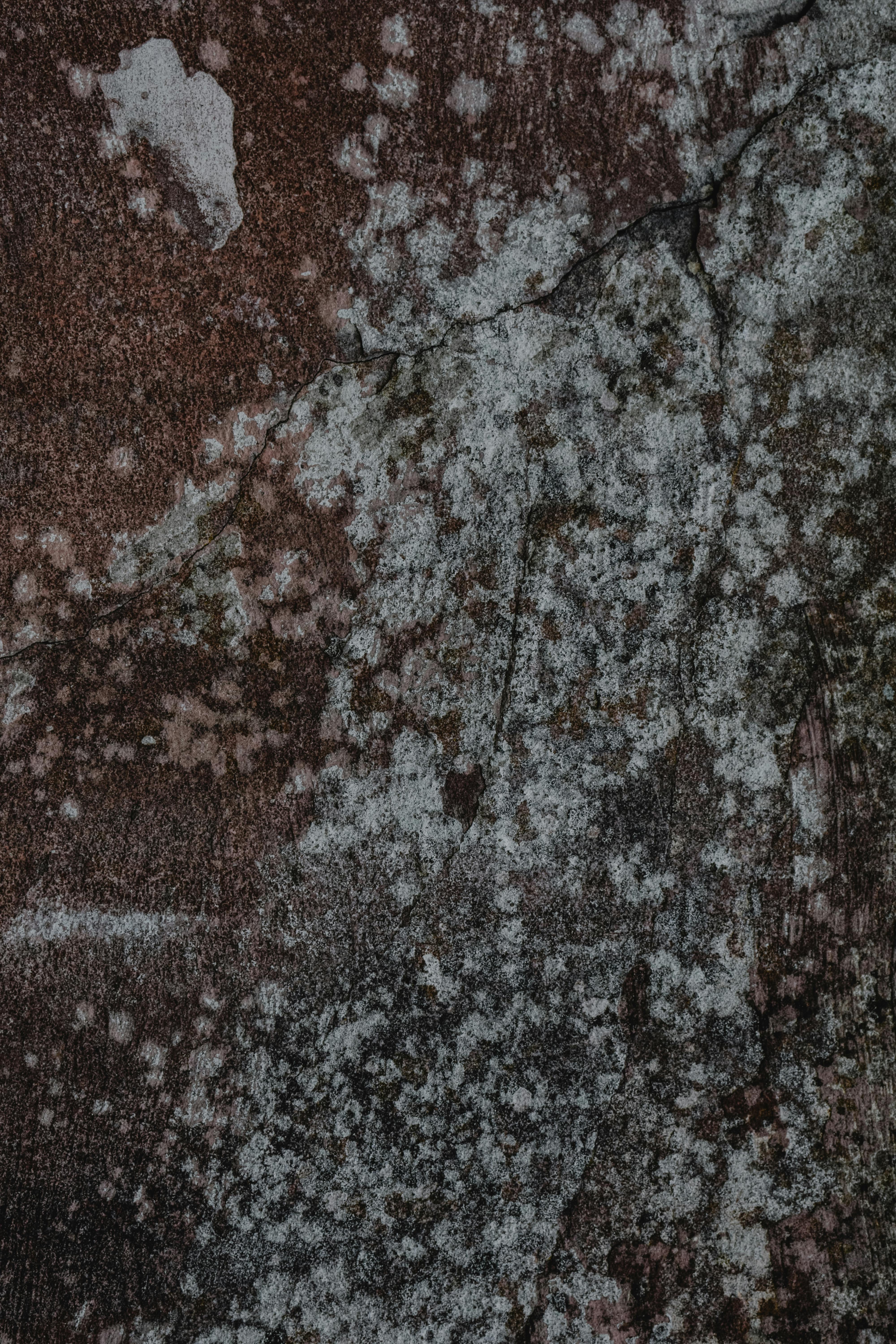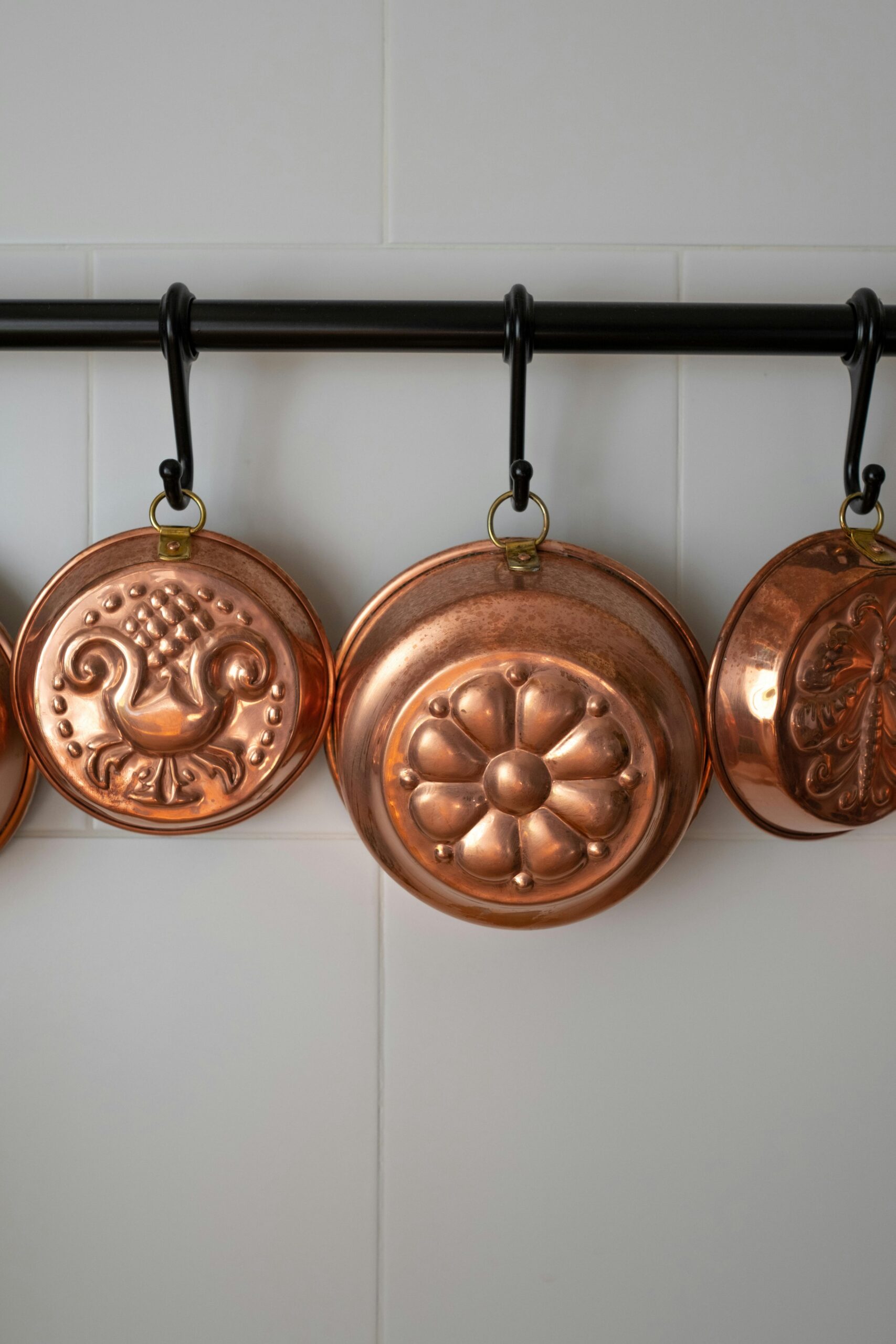Schimmel Wand: Combatting Mold in Your Home
Mold, or “schimmel” as it is known in German, can wreak havoc within your living space, causing both structural damage and health issues. Understanding how to address schimmel wand (mold on walls) is crucial for maintaining a safe and healthy home environment. This article will provide you with a comprehensive guide on identifying, preventing, and treating mold on walls.
Understanding Mold and Its Impact
Mold is a type of fungus that thrives in moist, warm environments. When mold appears on your walls, it can lead to unsightly stains and unpleasant odors while also compromising the air quality in your home. **Schimmel wand** not only affects aesthetics but can also lead to health complications, especially for individuals with allergies, asthma, or weakened immune systems. It’s essential to know the signs of mold growth to take effective action before it becomes a larger issue.
Identifying Signs of Mold on Walls
Identifying schimmel on walls can be straightforward if you know what to look for. Common signs include dark stains, fuzzy patches, or a musty smell. Areas with high humidity, like bathrooms and basements, are especially prone to mold growth. It’s advisable to routinely inspect these high-risk areas for any signs of discoloration or dampness. Moreover, if you notice peeling wallpaper or bubbling paint, this may indicate moisture issues that could lead to a mold problem.

The Risks Associated with Mold
The presence of mold can pose significant risks to your health and home. Exposure to mold spores can lead to respiratory problems, allergic reactions, and in severe cases, toxic responses. Additionally, mold can weaken the structural integrity of your walls, leading to costly repairs. **Understanding the risks of schimmel wand** is essential in motivating homeowners to take preventative measures.
Common Causes of Wall Mold
Several factors contribute to mold growth on walls. Poor ventilation, high humidity levels, and leaks are primary causes. If your home’s humidity consistently exceeds 60%, you may be at risk of mold issues. Additionally, water leaks from plumbing or roof problems can create ideal breeding grounds for mold. Identifying and addressing these underlying issues is crucial in preventing schimmel from becoming a persistent problem in your home.
Preventing Mold Growth on Walls
Preventing schimmel wand is far easier than dealing with it after it has taken root. By implementing a few simple strategies, homeowners can significantly reduce the chances of mold growth.
Improving Home Ventilation
Proper ventilation is key in preventing moisture build-up, which can lead to mold. Make sure that areas like kitchens and bathrooms have exhaust fans in place. Additionally, opening windows and using dehumidifiers can help maintain lower humidity levels in your home. **Regularly airing out your home** will discourage mold from taking hold on your walls.
Controlling Indoor Humidity Levels
To ensure optimal humidity levels, consider using a hygrometer to monitor the moisture levels in your home. Ideally, indoor humidity should be maintained between 30-50%. If you find that you frequently exceed these levels, consider investing in a dehumidifier or air conditioner. Keeping an eye on indoor gardens or houseplants can also reduce indoor humidity; ensure they’re not overwatered.
Regular Maintenance and Inspections
Conducting regular home maintenance can prevent mold growth before it starts. Inspect your home for any leaks or signs of moisture. **Check the integrity of your property’s exterior,** ensuring proper drainage away from the foundation. During home inspections, pay close attention to areas behind appliances, plumbing fixtures, and beneath sinks, which are common spots for mold to thrive.

How to Remove Mold from Walls
If schimmel wand has already established itself in your home, there are effective methods for removal. It is crucial to act quickly to prevent further damage and protect your health.
DIY Mold Removal Techniques
For small areas of mold growth, a solution of water and vinegar is often effective. Mix one cup of vinegar with a cup of water in a spray bottle, and apply it to the affected areas. **Allow the solution to sit for an hour before rinsing with water.** For more severe cases, a mixture of bleach and water can be used, but take care to follow safety precautions and ensure proper ventilation during the process.
Professional Mold Remediation
In scenarios where mold growth is extensive or the air quality is severely compromised, it may be best to consult a professional remediation service. Professionals have the tools and expertise to deal with larger mold infestations in a safe and efficient manner. They can also identify underlying issues contributing to mold growth, helping you to prevent future problems.
Long-Term Mold Mitigation Strategies
After addressing mold growth on your walls, it’s crucial to implement measures to prevent its return. Ensure that all leaks are repaired and that the home is adequately ventilated. Regularly check your home’s humidity levels and adjust as necessary. Establishing a routine cleaning schedule for areas prone to mold can significantly reduce the chances of it coming back.
Key Takeaways
– **Identify mold early** by regularly inspecting high-risk areas like bathrooms and kitchens.
– **Prevent mold growth** through improved ventilation and moisture control.
– **Act promptly** if mold is discovered, using DIY methods for small areas or consulting professionals for larger infestations.
– **Maintain your home** by checking for leaks and ensuring proper drainage.
FAQ
1. What are the health effects of mold exposure?
Exposure to mold can lead to various health problems, including respiratory issues, allergy symptoms, and in some cases, more serious reactions like chronic sinusitis and lung infections. Individuals with pre-existing conditions like asthma should be particularly cautious around mold.
2. Can I paint over mold on the walls?
Painting over mold is not a viable solution. While it might conceal the mold temporarily, it doesn’t address the underlying issue. It’s essential to clean or remove the mold before applying any paint to the wall.
3. How can I tell if a wall has mold?
Signs that a wall may have mold include visible dark stains or patches, a musty odor, and peeling or bubbling paint. If you suspect mold, it’s advisable to have a professional assessment done, as mold can sometimes grow behind walls.
4. Are there any natural remedies for mold removal?
Yes, common household items like vinegar and baking soda can be effective for small mold infestations. Mixing vinegar with water and spraying it on the affected area or creating a paste with baking soda can help eliminate mold without harsh chemicals.
5. How often should I inspect my home for mold?
It’s recommended to inspect areas prone to moisture, such as bathrooms, kitchens, and basements at least once every six months. After any major weather changes or water damage incidents, inspect immediately.
6. What should I do if I find mold in my home?
If you discover mold, it’s vital to address it promptly. Clean small areas yourself with a suitable cleaner or vinegar solution, while larger infestations should be handled by professionals. Always ensure that the source of moisture is resolved to prevent recurrence.
By understanding the implications of schimmel wand and actively working to prevent and treat mold, homeowners can preserve both their health and the structural integrity of their homes.
